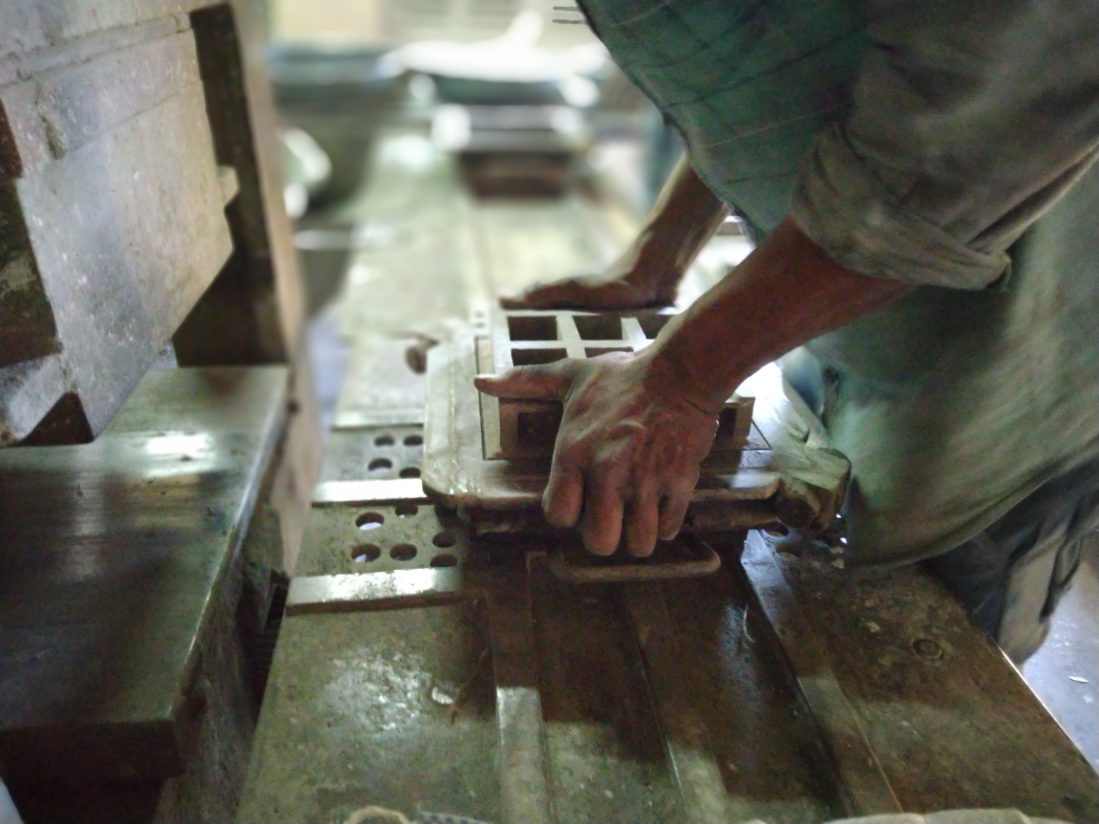Capturing Pollution in a Tile
Carbon Craft Design comes up with an innovative solution to the air pollution predicament through architecture, by collecting the carbon mix pollutants in air and converting them into a module in the tile-making process.
“There are methods to capture pollution but the next big question for us was, what to do with the captured pollution. We set out to find a way to upcycle this into a new form. With a technology that makes a real-world impact and an architectural perspective towards scaling, we aim to intervene the construction industry to make a collective impact in solving this problem.”
Giriprashad K, Tejas Sidnal, Kishor Avhad (From left)
Carbon Craft Design Team
The building and construction industry is responsible for about 39% of total energy-related carbon emissions. And this is what bothers the team behind the Carbon Craft Design which eventually leads them to make amends by making use of pollution in the same industry that is one of the key contributors to it. Tejas Sidnal, Founder of Carbon Craft Design is an architect and a biomimetic designer who has been interested in biomimicry and been dabbling in research on the same topic for the past 5 years. The team also consists of Giriprashad K, a mechanical engineer by qualification and a climate change activist at heart along with Kishor Avadh, architect and design enthusiast. Bound by a need to innovate and research on the intersection of technology, people, and nature, this team dived into a topic they were passionate about, sustainable living. Their carbon tile has the unique selling feature of having the maximum capacity to upcycle air pollution of 30,000 litres.
“Carbon Craft Design is a design and material innovation company. When we started our journey in solving air pollution through architecture, we started by building a facade module with an air pollution capturing system and then making use of the capture. Soon we realised that it is not something we could do alone,” explains Giriprashad of the story behind the innovation, “So we found out about this company called Graviky Labs (popularly known as AIR-INK) who is a pioneer in recycling carbon emissions and we collaborated with them. AIR-INK collects, processes, and delivers us the carbon mix from its network of factories in and around Delhi, Haryana, Mumbai, and presently establishing in China and Europe. The PM particles in the air are a carbon-rich component and we use it as a colouring agent in the Carbon Tile. One carbon tile is equivalent to cleaning 30,000 litres of air.”
 While the essential idea behind the launch of this product was to commercialise environmental solutions, the team wanted to make sure that they had a scalable business model in place that did not let their passion for the environment override commercial wisdom.
While the essential idea behind the launch of this product was to commercialise environmental solutions, the team wanted to make sure that they had a scalable business model in place that did not let their passion for the environment override commercial wisdom.
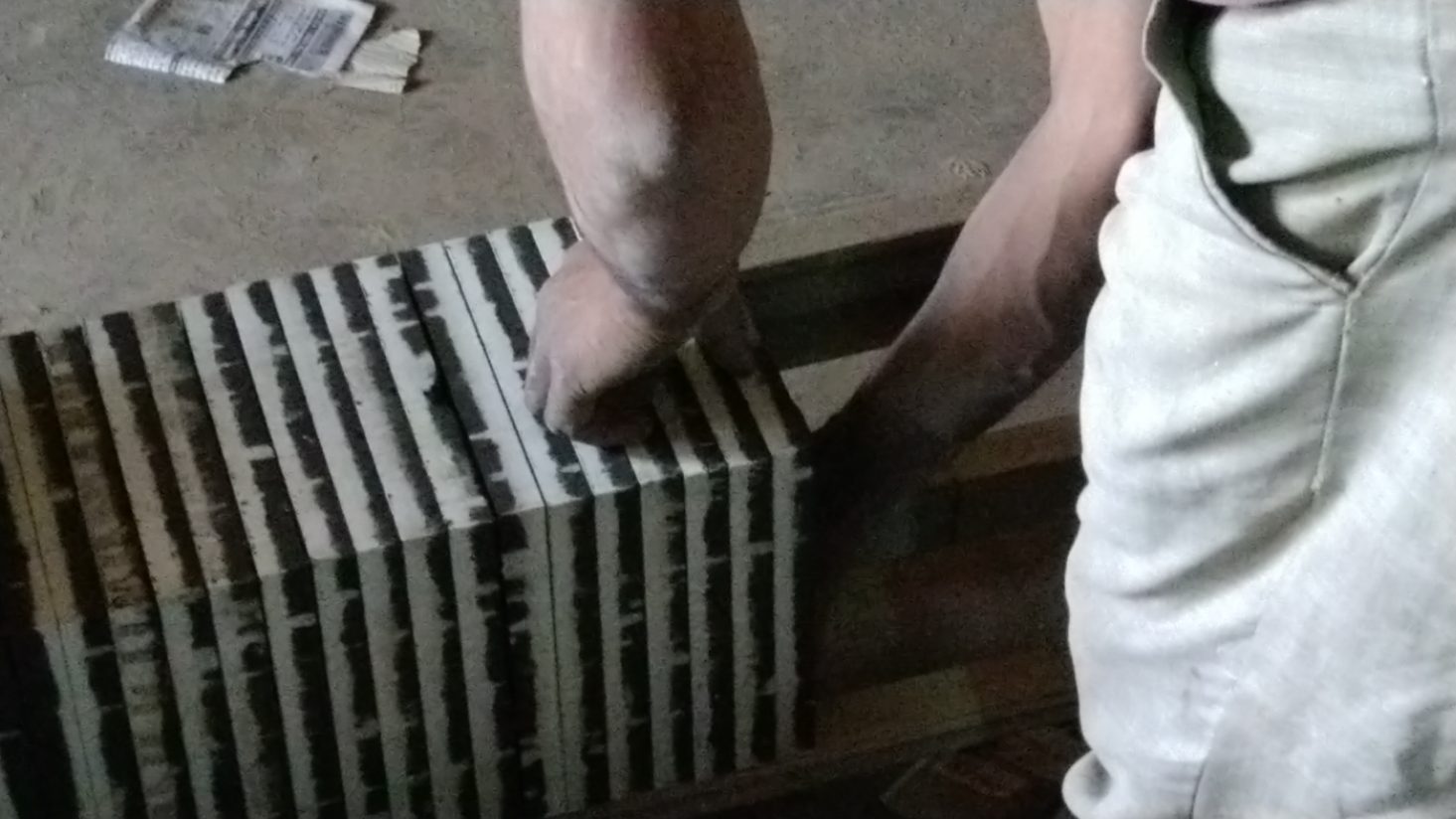 The base ingredients in the tile shadows the conventional tile, marble chips, marble powder (which are basically marble waste from the quarries), cement, binder, and the additional ingredient, which is their magic component, carbon emissions.
The base ingredients in the tile shadows the conventional tile, marble chips, marble powder (which are basically marble waste from the quarries), cement, binder, and the additional ingredient, which is their magic component, carbon emissions.
“Tile is something that requires a compression strength and marble chips and marble powder act as a reinforcing agent in the binder medium,” explain the team.
Carbon Craft Design not only captures pollution in its tile but also makes sure that it expends zero waste in its building process.
“The foundation of the craft mirrors the principles of marble waste and offcuts upcycling. The runoff water used to cure the tiles can be recycled, while damaged tiles can be crushed and reused as inputs in the tile-making process,” says Giriprashad.
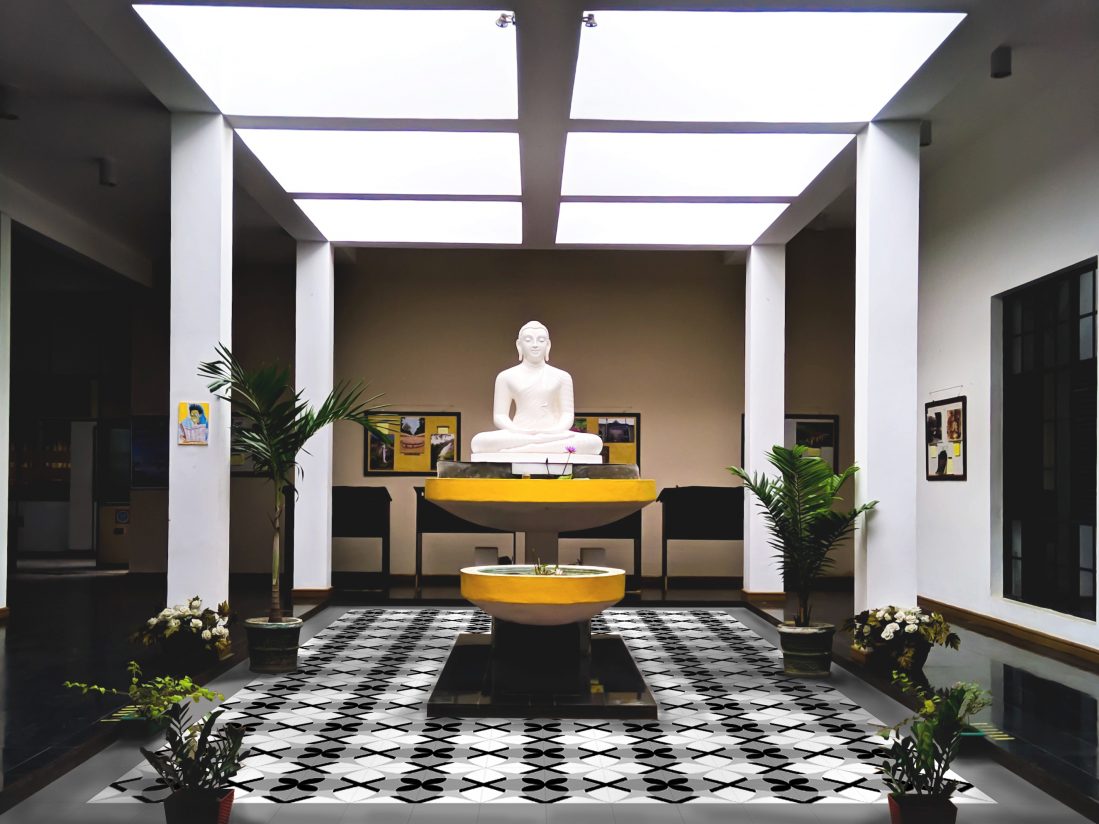 With the need for tiles close to 9 billion square feet a year in the construction industry, the team has its model in place to meet the demands by scaling up the process.
With the need for tiles close to 9 billion square feet a year in the construction industry, the team has its model in place to meet the demands by scaling up the process.
“Carbon Tile is our primary product and it is our first commercial scalable product for upcycling carbon emissions at scale. But we are also not limiting ourselves to one solution. With the technique in place, we are planning to produce more interior utility products made out of air pollution. Personalisation and material consciousness in consumer’s minds are the drivers for us in the construction industry,” they say.
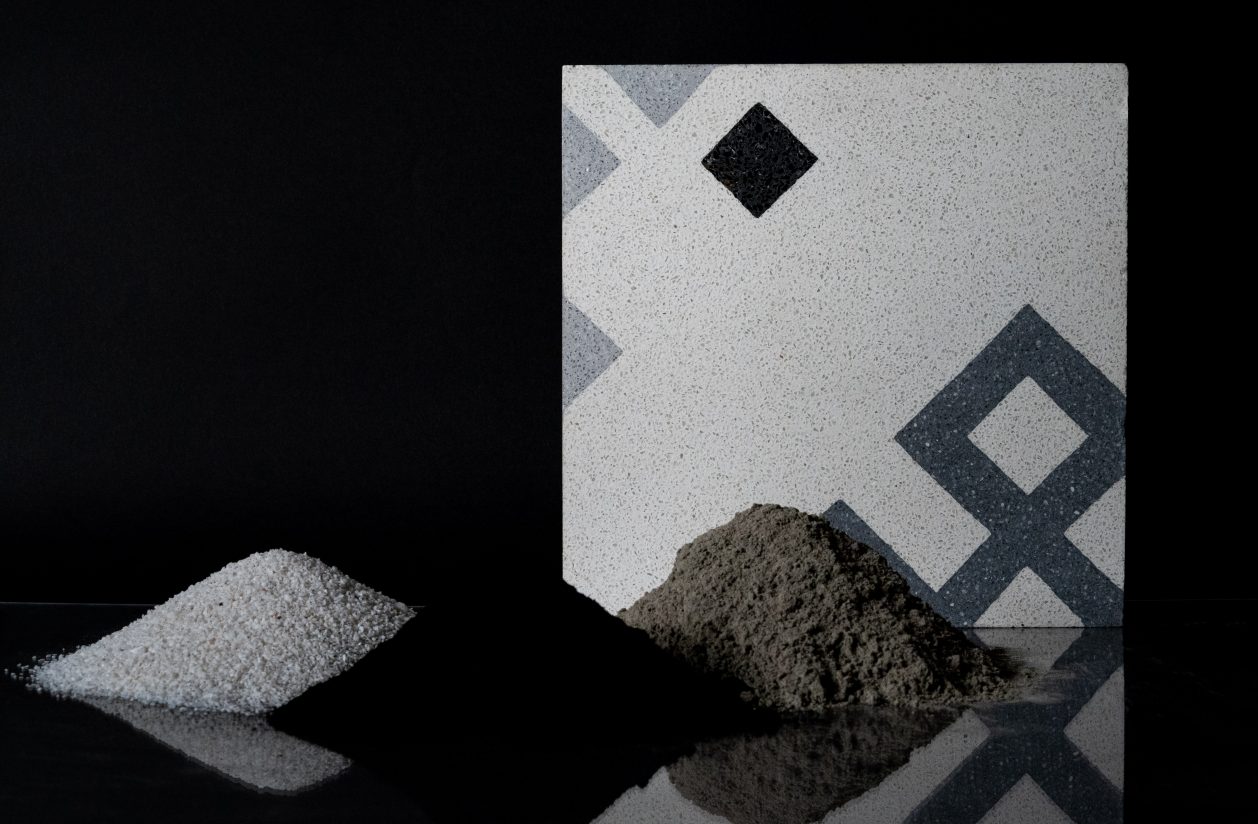
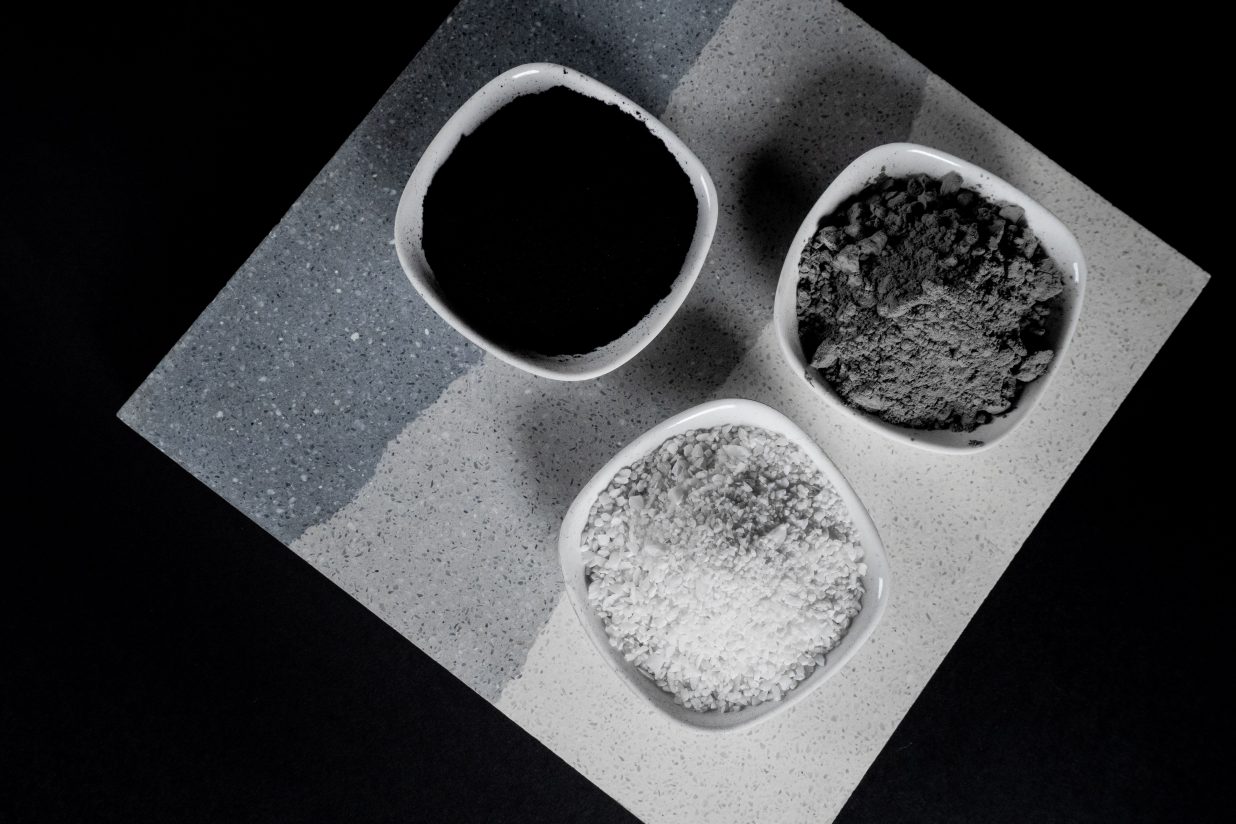 While the tile manufacturing process started as a research wing project in the parent architecture firm, MEDIAN in the year 2016, they launched the company in January 2020. “We have a couple of projects in the pipeline. We have been reached out by architects and interior designers around India and companies that are conscious of their carbon emissions. Architects and interior designers feel that now they have got a tool to play in an industry that has never seen major innovation in past decades,” says an optimistic Giriprashad.
While the tile manufacturing process started as a research wing project in the parent architecture firm, MEDIAN in the year 2016, they launched the company in January 2020. “We have a couple of projects in the pipeline. We have been reached out by architects and interior designers around India and companies that are conscious of their carbon emissions. Architects and interior designers feel that now they have got a tool to play in an industry that has never seen major innovation in past decades,” says an optimistic Giriprashad.
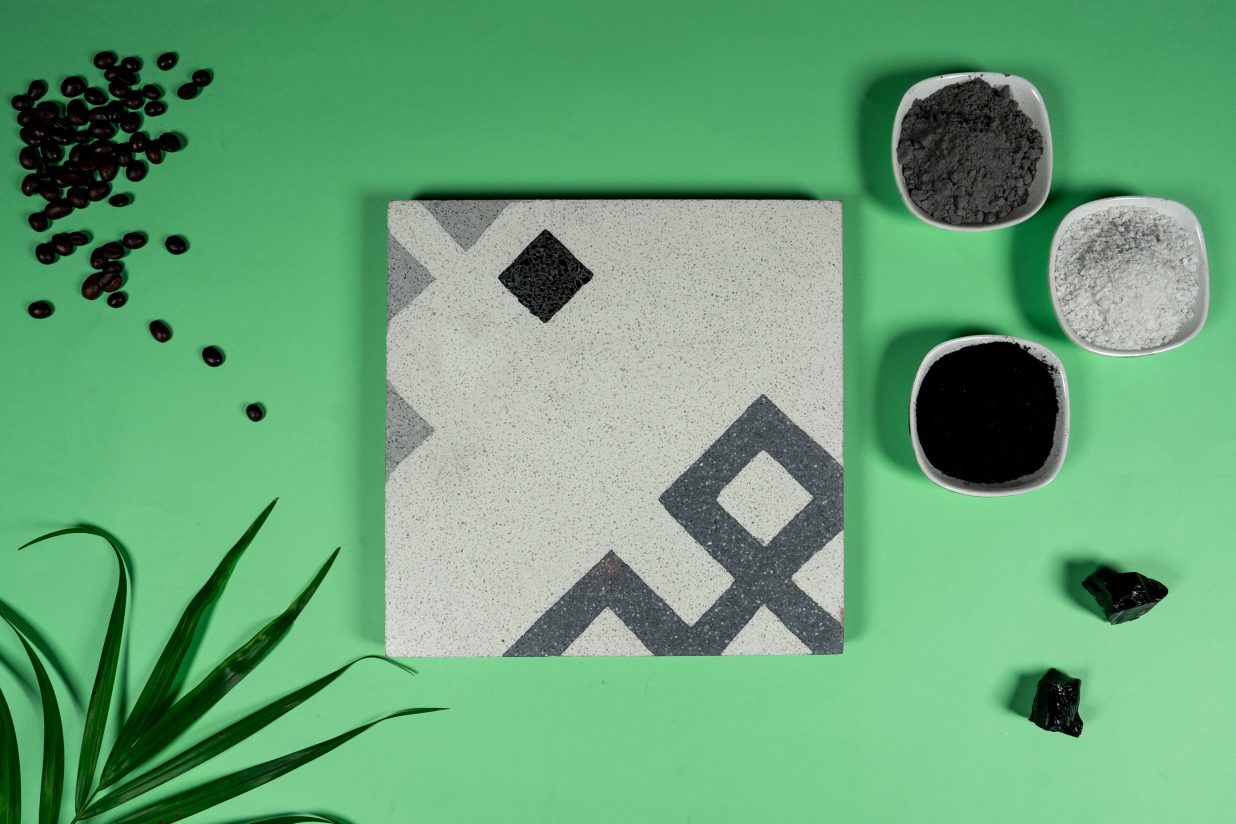
 On applying for a patent for the process which is clearly an innovation in the making, they say, “We essentially applied the existing technology in an unexpected and unnoticed place which is the construction industry. Currently, we are discussing how we could patent this. Also, we are aiming to achieve certification through international bodies like LEED & REACH.”
On applying for a patent for the process which is clearly an innovation in the making, they say, “We essentially applied the existing technology in an unexpected and unnoticed place which is the construction industry. Currently, we are discussing how we could patent this. Also, we are aiming to achieve certification through international bodies like LEED & REACH.”
So other than harvesting the most unwanted material on planet Earth, what is the other advantage that the Carbon Craft Design tile has when compared to any other handmade tile? The price range is fixed at an affordable mid-range, from Rs 190 per square feet making it a tile that does not carry the high price of sustainable living. “Our long-term goal is to develop affordable, accessible carbon offsetting solutions that fight climate change,” echo the team.
While most of the projects are either in the construction phase or on the negotiation table, Carbon Craft Design hopes to be a part of the humungous construction industry while not being a part of the high-energy expedition of the industry by collaborating with businesses where black carbon residue is available and set up manufacturing plants close to these premises to avoid transportation and thereby reduce carbon emissions.



